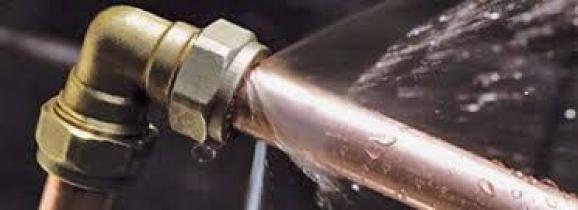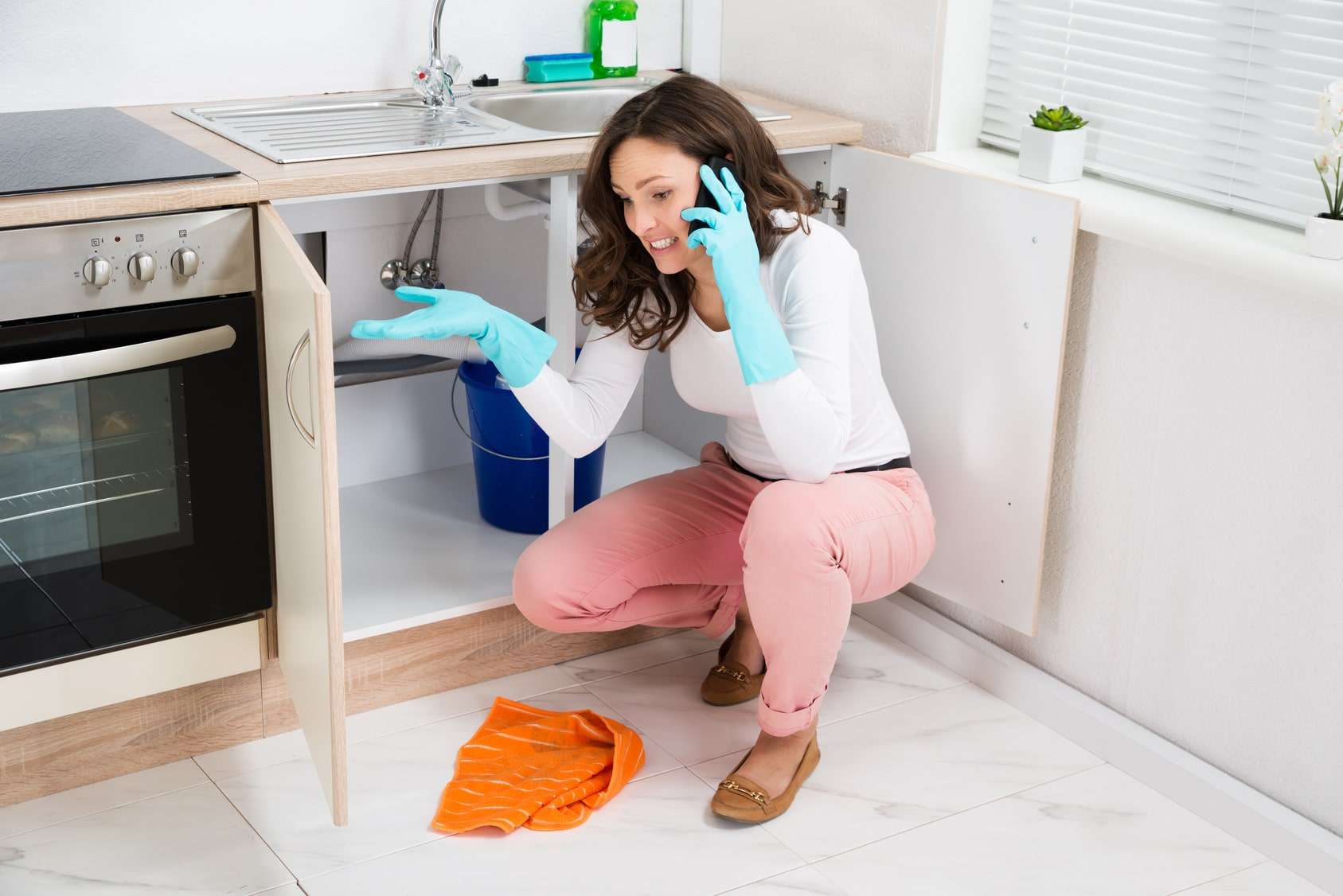Understanding the Six Most Common Causes of Water Leaks in Your Home
Understanding the Six Most Common Causes of Water Leaks in Your Home
Blog Article
We've encountered this great article relating to How to detect water leaks in your home directly below on the net and figured it made sense to talk about it with you on this site.

Leakages not only cause waste of water yet can likewise trigger unnecessary damages to your house and advertise unwanted natural development. By looking as well as comprehending for day-to-day situations that cause leakages, you can secure your house from future leakages as well as unnecessary damages.
Instant temperature level changes.
Severe temperature adjustments in our pipes can create them to broaden and acquire unexpectedly. This development as well as tightening may create fractures in the pipelines, particularly if the temperature are below freezing. If you maintained an eye on how your plumbing functions, it would be best. The visibility of the previously stated situations regularly indicates a high threat.
Corroded water systems
As time goes by, your plumbing system ages and rust such as corrosion may start gnawing the pipes. This might be the root cause of staining or warping on your water pipes. This requires an inspection with your plumber quickly. Take into consideration changing the pipelines because they are at a higher danger of deterioration than the newer models if our plumbing system is old.
Defective Pipeline Joints
The factor at which your pipelines attach is regularly the weakest web link in the waterline. Pipeline joints can wear away with time, leading to water leaks. Sadly, most of pipe joints are not quickly visible. If you have noisy pipelines that make ticking or banging sounds, particularly when the warm water is turned on, your pipe joints are most likely under a great deal of stress. It is a good idea to have your plumber check your system yearly.
Elbowing in origins
A lot of water leaks begin outside the home rather than inside it. You could observe damp patches or sinkholes in your backyard, as well as that might suggest that tree roots are invading water lines creating water to leak out.
Poor Water Connectors
At times, a leakage can be triggered by loosened pipes and pipelines that supply your appliances. More often than not, moving is what causes the loosened water Connections. You could find when it comes to a cleaning machine, a tube may spring a leakage because of drinking during the spin cycle. In case of a water links leakage, you might observe water running straight from the supply line or puddles around your devices.
Blocked Drains
Obstructed drains could be irritating and also inconveniencing, but they can occasionally end up triggering an overflow bring about burst pipes. Maintain removing any products that may go down your drains pipes that could obstruct them to avoid such hassles.
All the above are sources of leaks yet not all water leaks result from plumbing leaks; some leakages may originate from roof leaks. All leaks must be fixed instantly to prevent water damages.
Leaks not only trigger waste of water yet can also cause unnecessary damage to your house and promote unwanted organic development. By looking and understanding for daily scenarios that create leakages, you can protect your home from future leaks and unnecessary damages. Today, we will certainly look at 6 leakage creates that might be causing your pipes to drip.
At times, a leak can be triggered by loose pipes as well as pipelines that provide your home appliances. In situation of a water links leakage, you might see water running straight from the supply line or pools around your devices.
How To Check For Water Leak In Your Home
How To Check for Leaks
The average household's leaks can account for nearly 10,000 gallons of water wasted every year and ten percent of homes have leaks that waste 90 gallons or more per day. Common types of leaks found in the home are worn toilet flappers, dripping faucets, and other leaking valves. These types of leaks are often easy to fix, requiring only a few tools and hardware that can pay for themselves in water savings. Fixing easily corrected household water leaks can save homeowners about 10 percent on their water bills.
To check for leaks in your home, you first need to determine whether you're wasting water and then identify the source of the leak. Here are some tips for finding leaks:
Take a look at your water usage during a colder month, such as January or February. If a family of four exceeds 12,000 gallons per month, there are serious leaks.
Check your water meter before and after a two-hour period when no water is being used. If the meter changes at all, you probably have a leak.
Identify toilet leaks by placing a drop of food coloring in the toilet tank. If any color shows up in the bowl after 10 minutes, you have a leak. (Be sure to flush immediately after the experiment to avoid staining the tank.)
Examine faucet gaskets and pipe fittings for any water on the outside of the pipe to check for surface leaks.
Undetected water leaks can happen without the home or business owner even realizing. If you suspect a water leak, but not able to find the source. It is time to contact a professional water leak detection service, The Leak Doctor.
How To Find a Water Leak In Your Home
https://www.leakdoctor.com/blog/How-To-Check-For-Water-Leak-In-Your-Home_AE197.html

I hope you liked our article about How to detect water leaks in your home. Thank you so much for taking the time to read our post. For those who enjoyed reading our blog post kindly do not forget to share it. Many thanks for going through it.
Free Quote Report this page